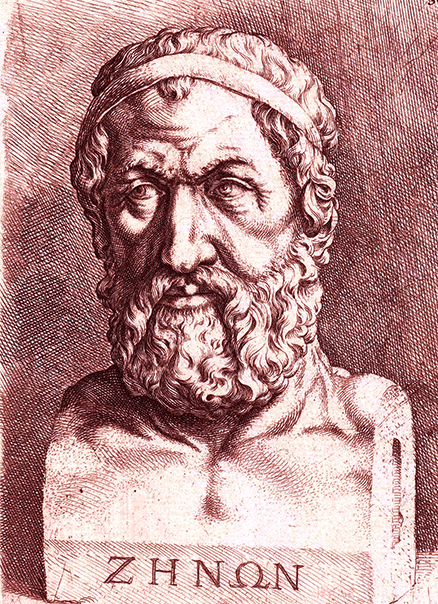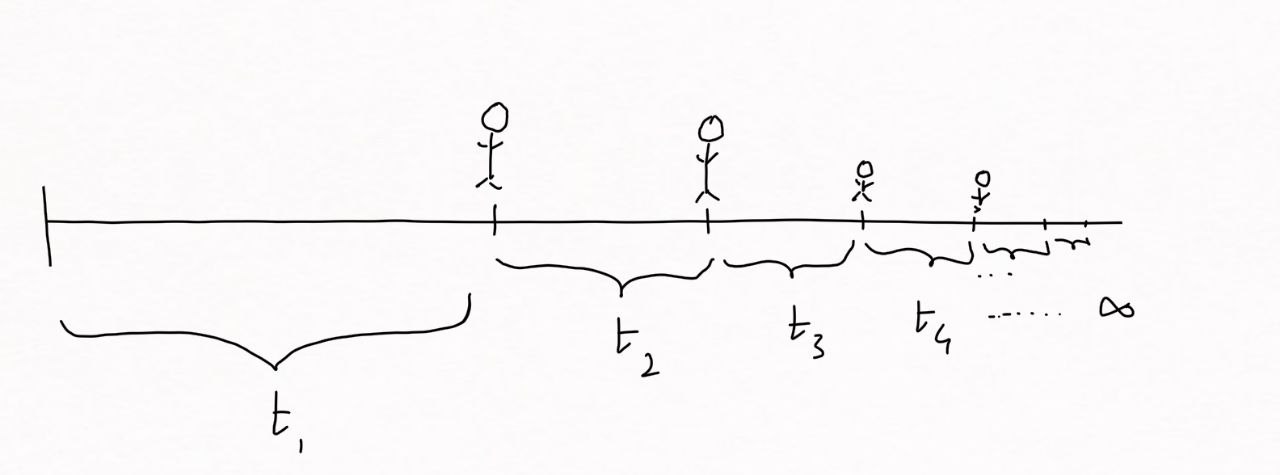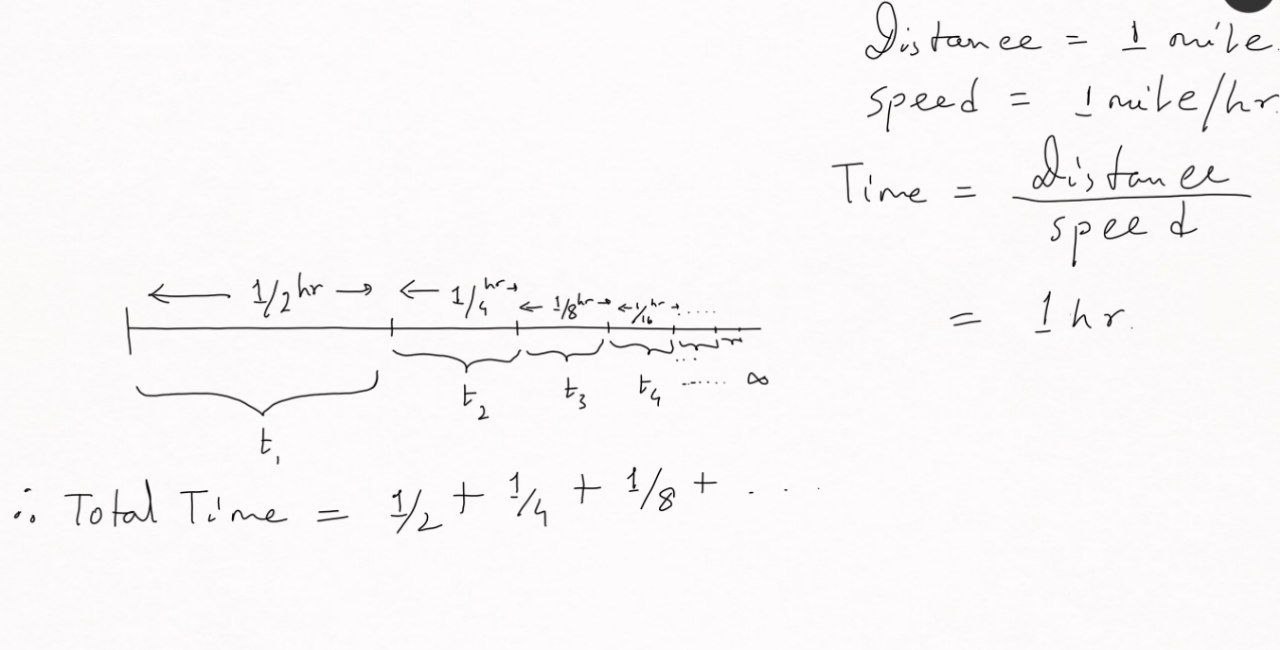“Once you’ve ruled out the impossible, whatever remains – however improbable – must be true” ~ Sherlock Holmes (The Adventure of Black Peter)
The Birth of Calculus
Paradox to Understand The Limit
Calculus was discovered in the middle of the
But where did this magical tool come from?
Dichotomy Paradox
The earliest questions that calculus was invented to answer came in the form of paradoxes. In this episode of the article, we’re going to understand and explore a paradox that will help us to explore the very fundamental and important concept of calculus which is the backbone of mathematics.

This is Zeno of Elea, an ancient Greek philosopher famous for inventing a number of paradoxes, arguments that seem logical, but whose conclusion is absurd or contradictory. For more than
Towards Our Objective
After a long day sitting around thinking Zeno decides to walk from his house to the park. The fresh air clears his mind and helps something better. In order to get to the park he first has to get halfway to the park. So,

You can see that we can keep going like this forever, dividing whatever distance is left into smaller and smaller pieces, each of which takes some infinite time to traverse.
So, how long does it take Zeno to get to the park?
Well to find out, you need to add the times of each of the pieces of the journey. The problem is, that there are infinitely many of these finite-sized pieces.
So, shouldn’t the total time be infinite?
This argument is completely general. It says that traveling from any location to any other location should take an infinite amount of time. In other words, it says that all motion is impossible. This conclusion is totally absurd.
but where’s the flaw in the logic?

To resolve the paradox, it helps to turn the story into a math problem. Let’s assume that Zeno’s house is
Now, Zeno might say,
“since there are infinitely many terms on the right-hand side of the equation and each individual term is finite, the sum should equal to infinity right?”
This is the problem with Zeno’s argument. As, mathematicians have since realized, it is possible to add up infinitely many finite-sized terms and still get a finite answer. The numbers we’re adding on keep getting smaller but the sum never ends. There’s an infinite amount of fractions to add on. If a sum gets bigger every time you add on a fraction and you have an infinite amount of numbers to add on, shouldn’t the total distance get infinitely large? and if the distance is infinitely large surely you can never traverse it.
Development of Calculus
This was the early problems that led to the invention of a mathematical tool i.e., the backbone of calculus which is limit. Let’s take a closer look at how this sum breaks down. In the first two terms, add to get

Written like this
Going back to the Zeno’s journey we can now see how the paradox is resolved. Not only does the infinite series sum to a finite answer, but that finite answer is the same one that common sense tells us is true. Zeno’s journey takes
See Also
References
Palmer, John (2021). “Zeno of Elea”. The Philosophers’ Magazine (92): 72–78. doi:10.5840/tpm20219216. ISSN 1354-814X.
Rossetti, Livio (1988). “The Rhetoric of Zeno’s Paradoxes”. Philosophy & Rhetoric. 21 (2): 145–152. ISSN 0031-8213.
Sherwood, John C. (2000). “Zeno of Elea”. In Roth, John K. (ed.). World Philosophers and Their Works. Salem Press. ISBN 978-0-89356-878-8.